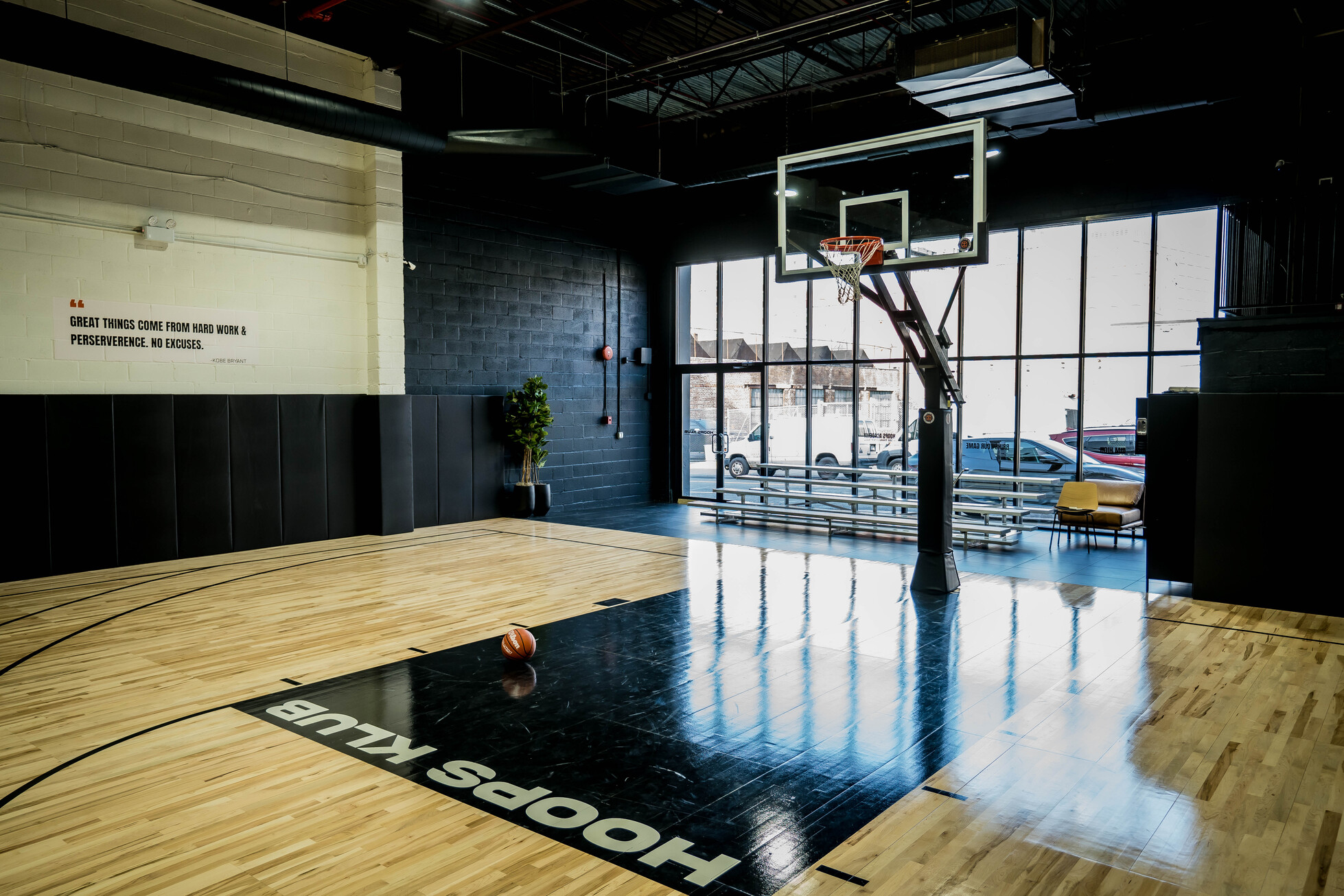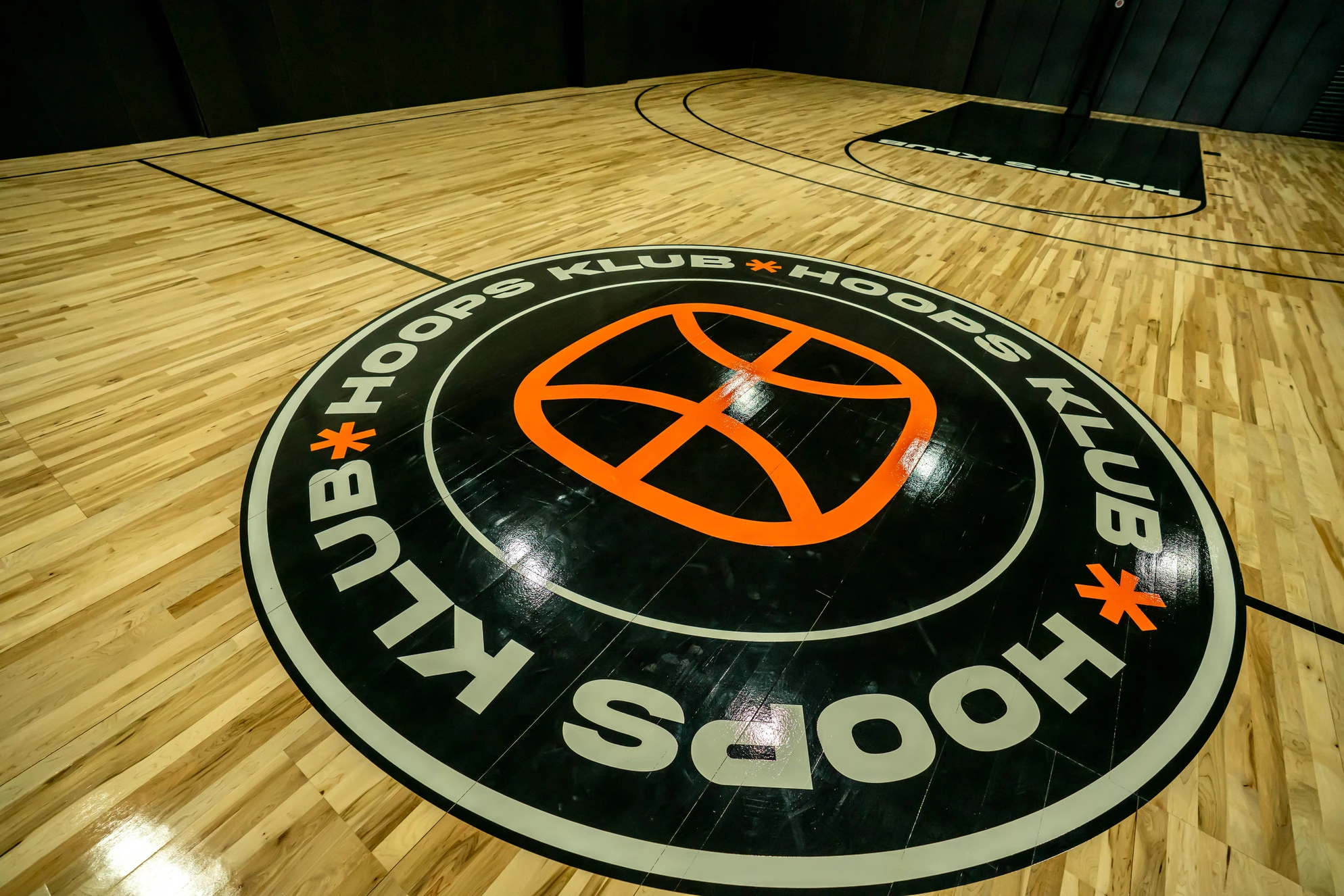Understanding how maple courts impact basketball is essential for players, coaches, and facility managers who want to maximize performance and safety. The type of court you play on affects everything from ball bounce to injury risk. Professional maple courts provide a smooth, durable, and consistent surface that enhances dribbling, shooting, agility, and overall game experience.
At Hoops Klub, players of all levels experience the advantages of maple courts firsthand. These courts offer unique benefits that influence performance, reduce injury potential, and improve skill development. In this article, we’ll explore the science behind maple floors, their benefits, and tips to get the most out of your time on the court.
The Science Behind Maple Courts
Maple wood has long been the material of choice for professional basketball courts due to its hardness, density, and resilience. Unlike concrete or synthetic alternatives, maple combines durability with a slight natural give, which is crucial for athlete safety and consistent gameplay.
The tight grain structure of maple allows for predictable ball bounce, reducing variability that can impact passing accuracy and shooting. Its surface also provides reliable traction, which helps prevent slips during fast breaks or sudden pivots. These technical features make maple ideal for training programs, competitive matches, and long-term facility use.
Benefits of Playing on Professional Maple Courts
1. Bounce Consistency
One of the most noticeable ways maple courts impact basketball is through consistent ball bounce. The uniformity of the wood ensures that dribbles, passes, and rebounds respond predictably. Players can refine their ball handling and shooting with confidence, knowing that the surface won’t compromise performance.
Bounce consistency is critical for both practice and competitive games. It allows athletes to develop muscle memory, improving timing and accuracy. Coaches often emphasize maple courts for drills that require precision and quick reactions because the ball responds exactly as expected.
2. Injury Prevention
Athlete safety is another major benefit of maple courts. Unlike harder surfaces like concrete, maple flooring has a slight shock absorption quality that reduces strain on joints, knees, and ankles. This protective feature helps prevent overuse injuries, sprains, and long-term wear and tear on the body.
Maple courts also provide excellent traction, lowering the risk of slips and falls during intense gameplay. Facilities that invest in professional maple flooring prioritize player health while promoting longer athletic careers.
3. Enhanced Performance Training
Training on maple courts allows athletes to maximize performance development. The consistent surface encourages precise footwork, better pivots, and controlled movements during drills. Skills like layups, fast breaks, and defensive slides benefit from the reliable response of the wood, making it easier to transition from practice to competitive play.
Athletes often report improved agility and confidence after training regularly on maple courts. Coaches use this reliability to design more complex drills, knowing the surface will not introduce variability that could hinder skill acquisition.
4. Court Maintenance and Longevity
Professional maple floors are not only performance-oriented but also long-lasting. Regular maintenance, including cleaning, refinishing, and humidity control, preserves the court’s integrity for decades.
Maple’s durability makes it cost-effective over time, as it resists warping, cracking, and excessive wear. Facilities benefit from lower replacement frequency and fewer repairs, while athletes enjoy a consistently high-quality playing surface.
Comparison with Other Court Surfaces
- Concrete: Extremely hard, prone to injury, inconsistent bounce.
- Synthetic (polyurethane, vinyl): Softer than concrete, but can lack the same responsiveness and durability.
- Rubber: Provides excellent shock absorption but often reduces ball bounce and precision.
Maple flooring balances performance, safety, and durability, making it the top choice for professional and high-level amateur basketball.
Professional vs Recreational Maple Courts
While maple is the standard for professional courts, subtle differences exist between pro-level and recreational installations. Professional courts typically feature premium-grade maple with precision finishing, ensuring flawless bounce and maximum traction. Recreational courts may use lower-grade maple or simplified finishes, which can slightly reduce performance but still offer more benefits than concrete or synthetic options.
Professional courts are also engineered with specialized subfloor systems to enhance shock absorption and protect athletes from injuries. This engineering is critical for high-intensity practices and competitive play.
Who Benefits Most from Maple Courts
- Beginners: Gain confidence with consistent bounce and safer traction.
- Intermediate players: Develop skills more effectively through predictable ball behavior.
- Advanced athletes and professionals: Maximize precision, agility, and injury prevention during high-performance training.
Additionally, coaches and trainers rely on maple courts to teach technical skills without worrying about surface variability affecting outcomes.
Tips for Maximizing Your Experience on Maple Courts
- Wear Proper Footwear: Non-marking shoes with good grip complement the court’s traction.
- Warm-Up and Cool-Down: Maple’s surface allows for safe stretching and dynamic exercises.
- Leverage Bounce Consistency: Use it to practice dribbling, passing, and shooting drills effectively.
- Respect Maintenance Guidelines: Avoid sharp objects, excessive moisture, and heavy dragging to preserve surface integrity.
- Regular Training: Frequent practice on maple courts improves muscle memory and overall performance.
Conclusion
Understanding how maple courts impact basketball is essential for players, coaches, and facility managers alike. Maple floors offer consistent bounce, superior traction, injury prevention, and long-term durability. These features enhance performance training, allow skill development across all levels, and create a safer environment for athletes.
Whether you are a beginner or professional, training on maple courts elevates your game while protecting your body. Investing in professional maple flooring is not just a facility upgrade — it’s a strategic step toward better performance, longer careers, and overall basketball excellence.
For more tips, insights, and success stories on improving your basketball skills and maximizing court performance, explore our Blogs for valuable information and expert guidance.
FAQs
1. Why are maple courts preferred in professional basketball?
Maple provides a consistent bounce, excellent traction, and durability, making it ideal for high-performance play and skill development.
2. How does court surface affect injury risk?
Softer and shock-absorbing surfaces like maple reduce joint strain and minimize the risk of sprains or overuse injuries.
3. Are all maple courts the same quality?
No. Professional-grade maple courts have premium finishes and subfloor systems, while recreational courts may use lower-grade wood with slightly reduced performance.
4. Can beginners benefit from maple courts?
Yes. Beginners gain confidence and skill precision due to the predictable bounce and safer surface.
5. How should facilities maintain a maple court?
Regular cleaning, refinishing, humidity control, and proper usage practices ensure longevity and consistent performance.


